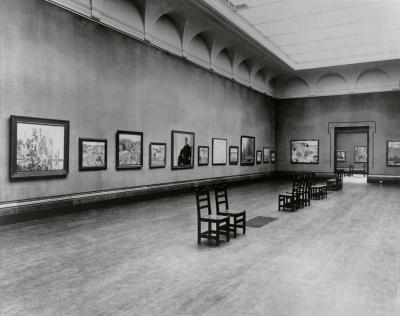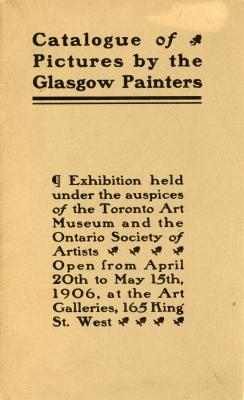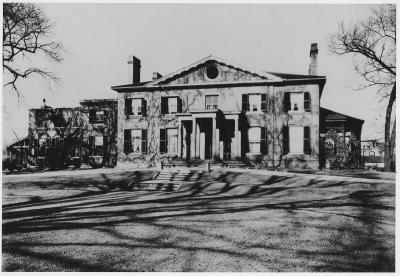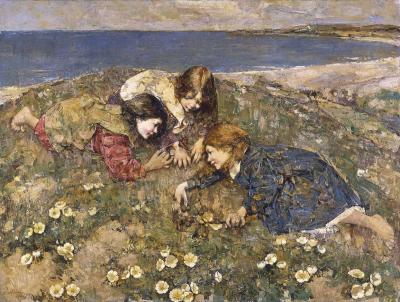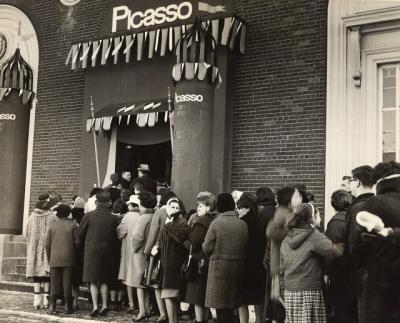AGO 125: Lining Up For Lismer
In 1929, art classes with Group of Seven member Arthur Lismer had lines around the block
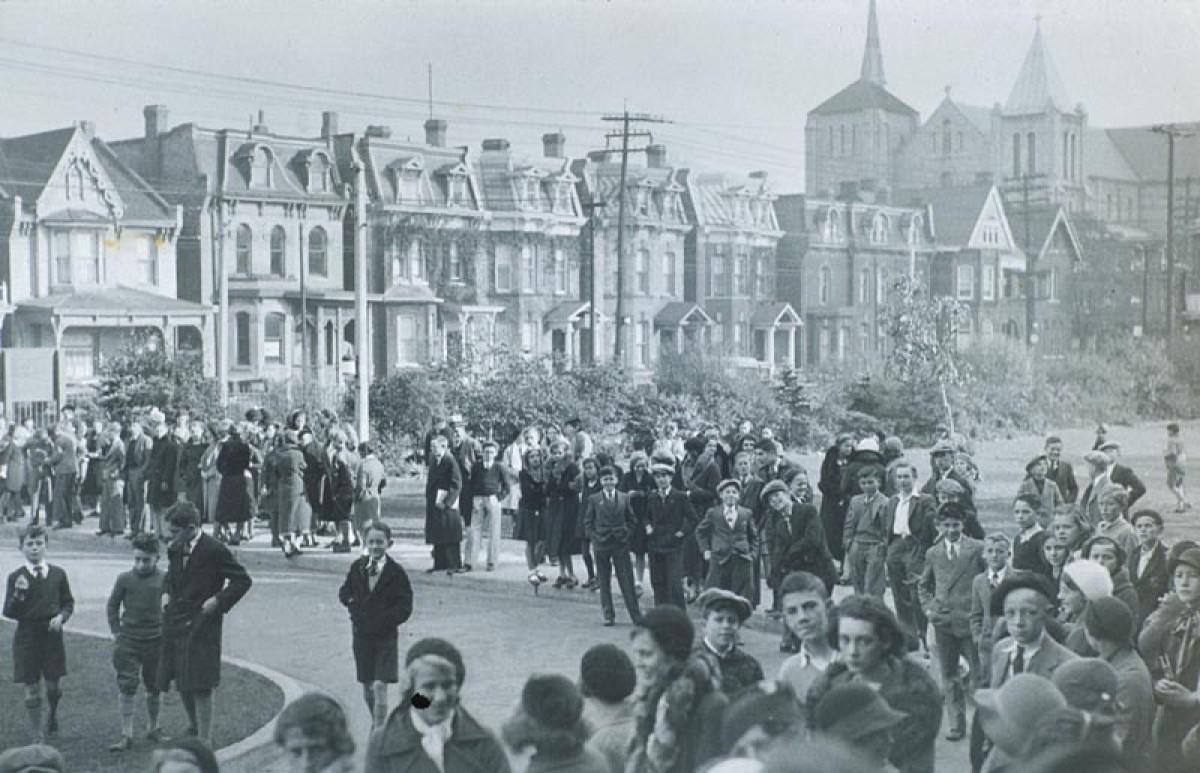
Image © Art Gallery of Ontario
The back-to-school season is already upon us. Since the 1920s, the Dr. Anne Tanenbaum Gallery School has welcomed thousands of artists of all ages and experience levels. Every season, the AGO offers a wide range of art courses and one-day workshops through the Gallery School, inviting everyone to explore new creative skills. This fall is no exception, with the return of popular courses like animation, cartooning, life drawing, painting, and photography. New courses include printmaking inspired by David Blackwood’s powerful portrayals of Atlantic Canada, and quilting influenced by Joyce Wieland’s bold, large-scale textile works.
The Gallery School’s rich history dates to 1927, when it partnered with Group of Seven founding member Arthur Lismer (1885 – 1969) to create an art school. Lismer envisioned a space where children could freely express themselves through creativity. The public response was overwhelming. Families lined up along Dundas Street West, eager to secure a spot in the very first Saturday morning art class at the Art Gallery of Toronto (now the AGO). The excitement was palpable, especially knowing that the curriculum would be supervised by none other than Lismer himself.

Arthur Lismer. MacGregor Bay, 1923. Oil on wood, Overall: 30.3 x 40.4 cm. The Thomson Collection at the Art Gallery of Ontario, 2017. Photo: Michael Cullen. 2017/167
Today, you might be familiar with Lismer as a member of the Group of Seven, best known for his expressive and colourful landscape works. But back in the late 1920s and 1930s, it was Lismer’s new approach to teaching that had guests lined up out the door.
Hired by the museum’s education committee, Lismer first brought his teaching experience to the Art Gallery of Toronto in 1927. After several years as the principal of the Nova Scotia College of Art and Design, Lismer already had ideas about new ways to teach art. In Toronto, he began pioneering an experimental teaching style with an all-new Saturday morning class launched in February 1929. In these classes, Lismer and the instructors he supervised would encourage students to express themselves, instead of just copying the works and techniques of the instructor. By his philosophy, if students could see and discuss the beauty of the world around them, they could begin expressing their own unique creativity and skill. Following the success of these Saturday morning classes, Lismer went on to create the Children’s Art Centre at the Art Gallery of Toronto in 1933. Through this new ‘Gallery School’, Lismer continued to share his methods by publishing books and going on a cross-Canada speaking tour.
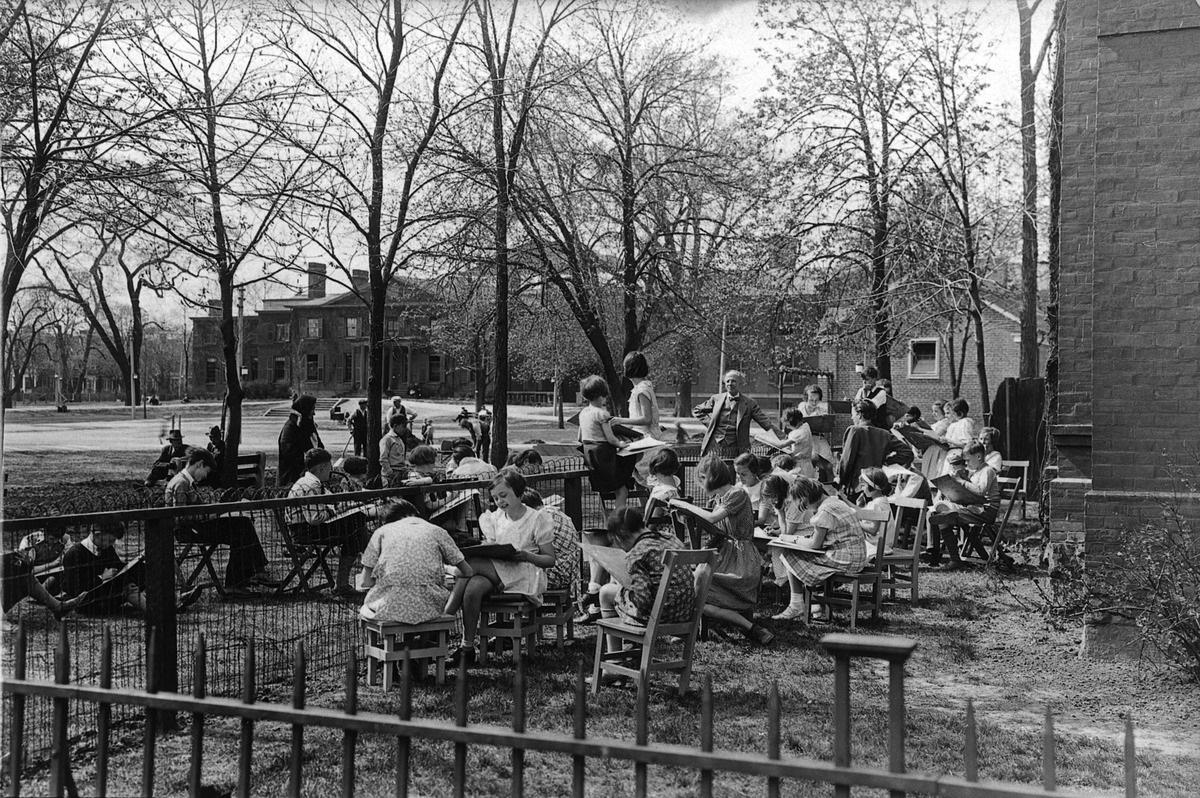
Arthur Lismer conducting a children’s outdoor sketching class in Grange Park in 1934. Edward P. Taylor Library & Archives, Art Gallery of Ontario. Photo © AGO.
Following his time in Toronto, Lismer’s teaching career took him to classrooms in South Africa and Columbia University in New York City, before a 26-year tenure leading the Montreal Children's Art Centre (affiliated with the Montreal Museum of Fine Arts).
Lismer’s legacy lives on with a wide array of children’s courses taught at the AGO’s Weston Family Learning Centre. With courses running throughout the year, students of all ages can take beginner courses in painting, sculpting, drawing, photography and much, much more. To get more info on courses offered at the AGO, visit ago.ca/learn.
AGO Members and Annual Pass holders receive discounts on courses and workshops. Admission to the AGO is always free for Indigenous Peoples, Ontarians under 25, AGO Members and Annual Pass holders.
In celebration of the AGO’s 125th anniversary, Foyer is highlighting foundational moments in the Gallery’s history that have helped make the AGO the institution it is today. Learn more about AGO history here on ago.ca/125.
